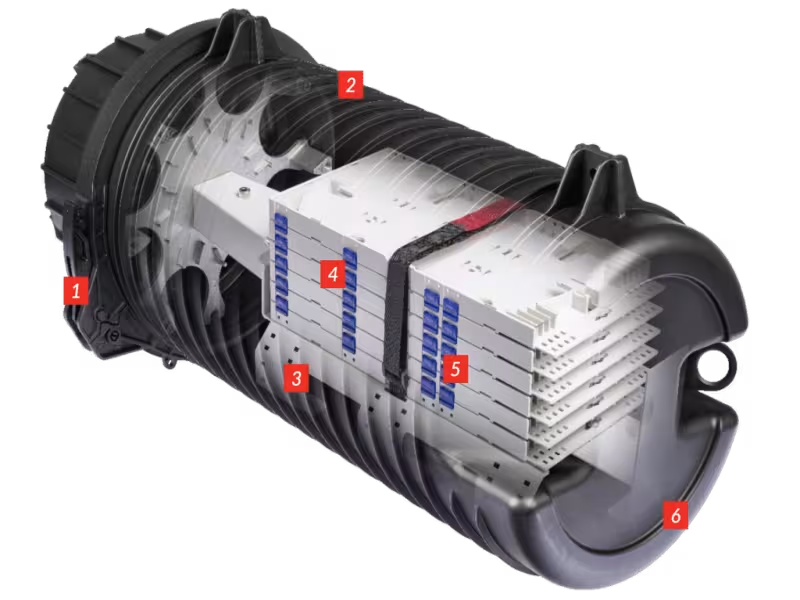
SHERIDAN, WYOMING – Jan. 29, 2025 – The cable industry is undergoing a rapid transformation, fueled by innovations like smart amplifiers, connected devices, and the increasing prevalence of intelligent networks. To navigate this evolving landscape, it's crucial to establish a clear understanding of what "intelligence" truly means in this context. This article provides a practical framework for classifying and implementing intelligence within cable networks, focusing on functionalities already deployed by leading cable operators.
Defining Intelligence in Cable Networks
Intelligence in cable networks can be broadly categorized into two main types:
- Local Intelligence: This refers to the real-time, automated actions performed by intelligent amplifiers at the edge of the network.
- Remote Intelligence: This encompasses the centralized management, analysis, and control of network elements through cloud-based or dedicated server systems.
Both local and remote intelligence rely on a set of core capabilities within intelligent amplifiers, known as "enablers of intelligence."
Enablers of Intelligence: The Foundation of Smart Networks
Intelligent RF amplifiers possess key functionalities that enable both local and remote intelligence. These enablers include:
- Upstream and Downstream Monitoring: Assessing service integrity and performance in real-time.
- Amplifier Health Monitoring: Tracking internal temperature and running hardware diagnostics to ensure optimal operation.
- Electrical Controls: Facilitating automated amplifier alignment and adjustments without manual intervention.
- Power Optimization: Intelligent control of bias current to reduce energy consumption.
- IP Connectivity: Enabling remote access and control through protocols like HMS.
Local Intelligence: Autonomous Actions at the Edge
Local intelligence empowers intelligent amplifiers to perform critical functions autonomously. These include:
- Zero-Touch Installation: Auto-alignment capabilities streamline deployment and minimize setup time.
- Automated Optimization: Intelligent power-saving, ingress suppression, Automatic Level and Slope Control (ALSC), and Return Follows Forward (RFF) functionalities enhance network performance.
- Telemetry Data Generation: Amplifiers provide valuable data, such as device ID, location, health status, measurements, and alerts, which are crucial for remote intelligence.
Remote Intelligence: Centralized Management and Control
Remote intelligence leverages telemetry data and centralized management systems to optimize network performance and efficiency. Key aspects of remote intelligence include:
- Automated Network Management: Optimizing RF parameters, mitigating noise, enhancing power-saving, and performing remote software upgrades.
- Proactive and Reactive Diagnostics: Troubleshooting network issues efficiently through real-time monitoring and alerts.
- Comprehensive Inventory Management: Maintaining a centralized view of deployed devices, including hardware/software versions, locations, and interconnections.
- API-Driven Integration: Seamlessly incorporating new applications and functionalities, including advanced analytics, machine learning, and artificial intelligence.
Three Steps to Harnessing the Power of Intelligent Networks
Cable operators can effectively leverage intelligent network technologies by following these key steps:
- Establish Essential Enablers: Invest in intelligent amplifiers with robust monitoring, control, and connectivity capabilities.
- Utilize Telemetry Data for Remote Intelligence: Implement centralized management systems that collect, analyze, and act upon telemetry data from network devices.
- Embrace Future Technologies: Prepare for the integration of advanced technologies like machine learning and AI to further optimize network management.
The Future of Cable Networks: Intelligent, Connected, and Optimized
By embracing the framework outlined in this article, cable operators can unlock the full potential of intelligent networks. This will lead to improved network performance, enhanced operational efficiency, and a superior customer experience. As the cable industry continues to evolve, staying informed and embracing innovation will be crucial for success.
For more information please visit.